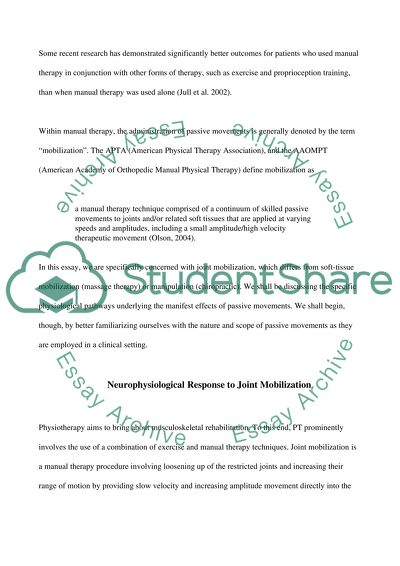Cite this document
(“Passive movements Essay Example | Topics and Well Written Essays - 1500 words”, n.d.)
Retrieved from https://studentshare.org/miscellaneous/1507007-passive-movements
Retrieved from https://studentshare.org/miscellaneous/1507007-passive-movements
(Passive Movements Essay Example | Topics and Well Written Essays - 1500 Words)
https://studentshare.org/miscellaneous/1507007-passive-movements.
https://studentshare.org/miscellaneous/1507007-passive-movements.
“Passive Movements Essay Example | Topics and Well Written Essays - 1500 Words”, n.d. https://studentshare.org/miscellaneous/1507007-passive-movements.


